The pain is still fresh as Cut Sylvia recalls the last time she looked into her two-year-old daughter’s eyes.
It was a normal morning in the Indonesian coastal city of Banda Aceh in north Sumatra when Sylvia and her husband began to see people fleeing in front of their home, warning of oncoming sea water.
Holding her infant daughter, Siti, in her arms, it was a matter of minutes before Sylvia was overwhelmed by the waves inundating their home.
“I cannot describe that moment when I saw her eyes, and she saw my eyes, and we were staring at each other,” Sylvia told Al Jazeera.
“She was not even crying or saying anything. She was just staring at me. I knew that we would be separated,” she said.
Siti was swept away, taken by the tsunami.
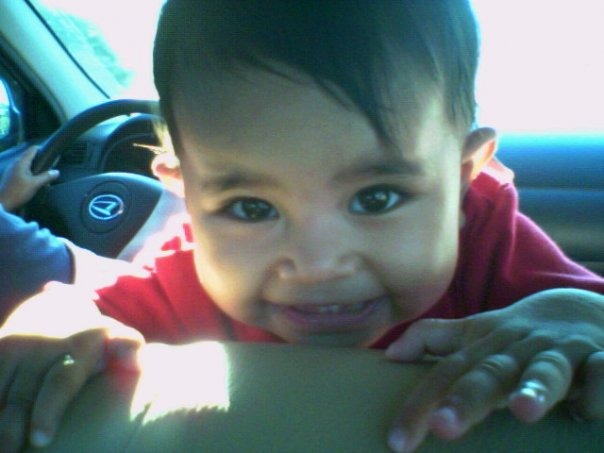
After 15 minutes of feeling as though she was “in a washing machine”, Sylvia clambered on to the rooftop of a house where the enormity of what had just happened began to sink in.
“I felt so sad, very sad. I cannot express with words what I felt when I knew my daughter was lost.”
Sylvia’s husband, Budi Permana, was also washed away, finding safety at the top of a coconut tree – the height the sea waters had risen to. He later collapsed from exhaustion while searching for his family and was found by members of the Red Cross, who initially thought he was dead.
Sylvia and Budi were reunited a week later in the city of Medan, 600km (370 miles) from their destroyed home in Banda Aceh.
No trace of Siti has ever been found.
Lacking closure over the fate of their young daughter, the couple’s grief remains fresh as they, and the world, mark the 20th anniversary of the Indian Ocean tsunami – the deadliest and most destructive in recorded human history.
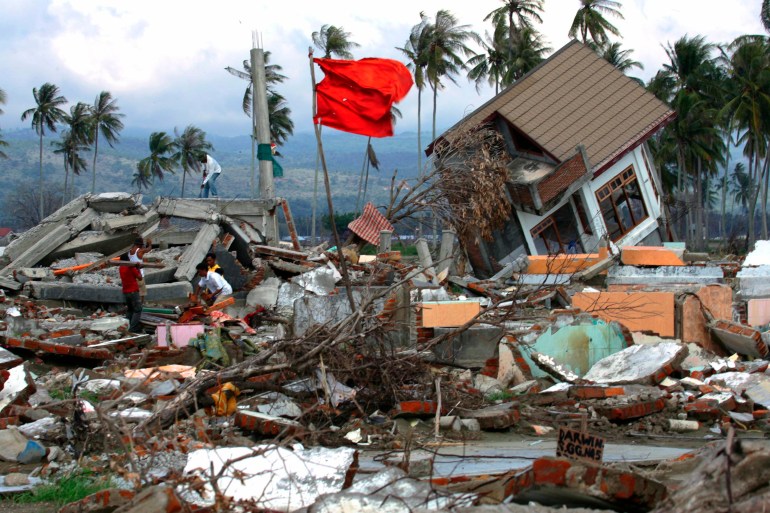
‘They tend to just destroy everything’
Just before 8am local time on December 26, 2004, a magnitude 9.2 to 9.3 earthquake struck off the west coast of the Indonesian province of Aceh in northern Sumatra. An estimated 227,898 people were killed or declared missing across 14 countries in the tsunamis that followed.
Indonesia was the hardest hit, followed by Sri Lanka and Thailand, while the furthest fatality from the epicentre was reported in the South African city of Port Elizabeth. With 131,000 people killed, it remains by a considerable margin the deadliest natural disaster in the history of Indonesia – the world’s second most disaster-prone country after the Philippines.
While great advances have been made in tsunami research, sea defences, and the development of early warning systems in the two decades since the Indian Ocean disaster, experts warn that complacency is setting in as memories fade of the scale of the destruction in 2004.
“The thing that’s misunderstood is that a tsunami is not an ultrarare hazard. It’s actually a relatively common hazard,” said David McGovern, a senior lecturer and tsunami expert at the London South Bank University, pointing to a deadly tsunami that battered Japan just seven years later in 2011, the result of the fourth most powerful earthquake ever recorded.
“There are around two tsunamis on average a year that cause death or damage,” he told Al Jazeera.
Concerns about complacency were high on the agenda as some of the world’s leading tsunami engineering experts gathered on December 6 in London at a symposium to mark the 20th anniversary of the Indian Ocean tsunami, as well as to take stock of the current state of tsunami research.
In a twist of fate, a day earlier, while the attendees were eating dinner at a restaurant in central London, news of a powerful magnitude 7 earthquake off the United States West Coast filtered through to the group. The earthquake triggered a tsunami alert, impacting some 500 miles (800km) of the California and Oregon coastline.
Though the alert was later rescinded, McGovern said the timing “felt strange, to say the least”.
The alert only “reiterated the importance of the symposium and the message it was trying to deliver”, he said.
McGovern, a key researcher at MAKEWAVES – a multi-institutional and multinational project founded by tsunami researchers – said a “heck of a lot” has been learned over two decades of research since the Indian Ocean tsunami, including simply how the waves deliver damage.
“That’s something we didn’t know. And the reason we didn’t know was because tsunamis, in real life, are so destructive that when you do field surveys, the only information they really give you is the maximum values of the destruction,” he said.
“They’re so destructive, they tend to just destroy everything.”
The group’s latest project, announced in September, is the development of a prototype design for what would be a pioneering machine in tsunami wave generation technology – the Tsunami Twin Wave.
When the prototype schematic is completed in 2026, the United Kingdom government-funded design will model for the first time the impact of multiple incoming and outgoing tsunami waves, not only showing how tsunamis cause damage as they come in, but also how they cause damage as they return to sea.
This seemingly simple innovation will fill a “huge knowledge gap” in the field, McGovern said.
Due in part to the misperception of tsunamis being a rare phenomenon, researchers at MAKEWAVES are “always fighting the lack of funding” for tsunami research, McGovern said.
This relative apathy comes despite the heightened risk posed by tsunamis in the coming decades, as sea level rises caused by climate change look set to only exacerbate the issue.
“My hope on the 20th anniversary is that we don’t forget this risk, we don’t assume it was a once in a millennium event, and we continue to prioritise one of the most deadly natural hazards humanity faces,” he said.
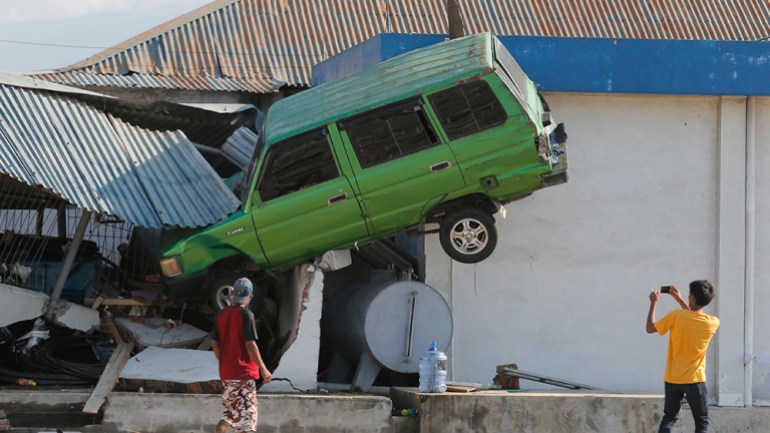
‘I didn’t know it would happen so quickly’
It is a question of when, not if, a devastating tsunami of the same scale as 2004 hits again, experts say.
Predicting exactly when such an event will happen is impossible, but few have come closer than Phil Cummins.
He has been described as the person who “essentially predicted” the 2004 tsunami.
More than a year before the Indian Ocean tsunami struck – at an October 2003 meeting of the International Coordination Group for the Tsunami Warning System in the Pacific – Cummins, a seismologist, called for alert systems to be expanded to the Indian Ocean due to what he perceived to be the growing risk of a devastating wave.
Referencing Dutch colonial-era records in Indonesia, he told the meeting in Wellington, New Zealand, that great 19th-century earthquakes caused by fault lines west of Sumatra had generated destructive ocean-spanning waves, and a recurrence of such an event was just a matter of time.
Just months before the tsunami, in August 2004, Cummins reiterated his concerns in a PowerPoint presentation to experts in Japan and Hawaii. He again warned that a giant earthquake could occur in central Sumatra at any time, posing a grave danger to several countries from tsunamis.
Not even Cummins realised just how prophetic his warning would be.
“I was shocked,” said Cummins, an adjunct professor at the Australian National University.
“I guess there were feelings of vindication, but also feelings of guilt, because I hadn’t been standing on the ramparts and screaming up and down. In retrospect, I should have done that, but I didn’t know it would happen so quickly,” he told Al Jazeera.
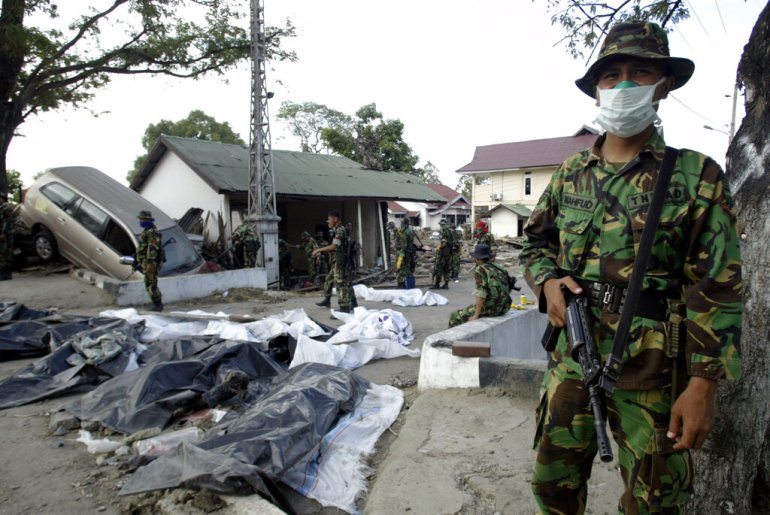
While the tragedy that unfolded on December 26, 2004 proved Cummins’s prediction eerily accurate, he was wrong about one aspect – the earthquake’s epicentre was in north Sumatra, not central.
In 2003, Cummins and his colleagues at Geoscience Australia had used a computer simulation to map a magnitude 8.8 to 9.2 underwater earthquake that hit off the coast of central Sumatra in 1833, causing a major tsunami. That simulation showed the earthquake’s epicentre was near the cities of Bengkulu and Padang – about 500km (310 miles) south of the 2004 tsunami’s epicentre.
Cummins believed that this area was the “number one place” for a major earthquake and tsunami to recur.
“That’s where everyone thought the next tsunami would be, Padang,” Cummins said.
“The really odd thing is that it still hasn’t occurred. Everyone thought it was going to happen for sure, but here we are in 2024. It’s mysterious,” he said, adding that such an event occurring off the coast of Padang is “still a major concern”.
“Twenty years have gone by, I worry that people have gotten more complacent, perhaps myself included, and I don’t know why it hasn’t happened,” he said.
“From what we know, I’d say it’s still the number one place.”
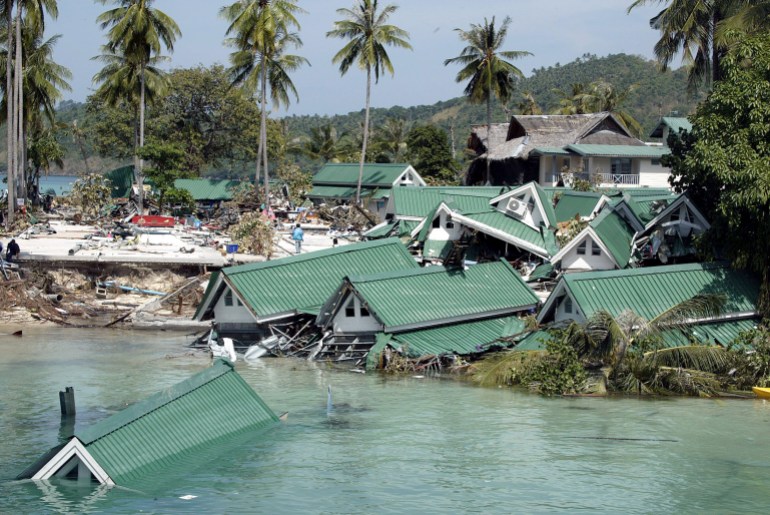
‘People have become more complacent’
Despite major advances in earthquake alert systems and tsunami awareness and preparedness in coastal communities in countries such as Indonesia, Cummins warned that there is only so much that can be done to protect those living near the likely epicentre of future disasters.
“We still haven’t solved the problem of what to do about communities right next to the earthquake that might be hit by a tsunami. That can happen in as little as 10 or maybe 30 minutes, it’s very little time to get a warning out and for people to react,” he said, pointing to the example of Padang.
“Even though there is some awareness there, I don’t think there is any sense of urgency. I think people have become more complacent. It’s a very crowded coastal strip, a low-lying coastal strip. There’s a river that the population would have to get across. I think it’ll be very difficult to evacuate,” he said.
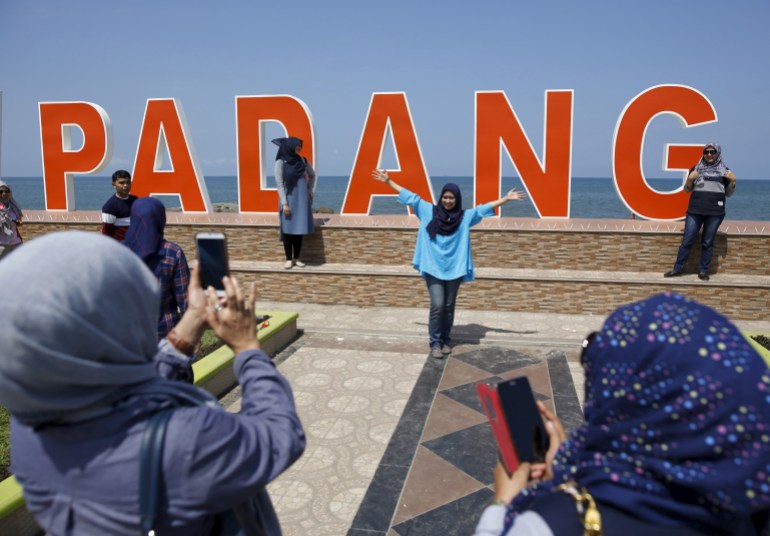
Rina Suryani Oktari, a professor at Syiah Kuala University in Banda Aceh, has witnessed a similar complacency set in among coastal communities in northern Sumatra as time has passed.
A coordinator for the Disaster Education and Management Research Cluster at the Tsunami and Disaster Mitigation Research Center, Oktari said cheap land prices have drawn many people back to high-risk coastal areas.
“We are now better prepared, but there’s still a possibility that there will be a big number of victims if there’s another tsunami,” she told Al Jazeera. “Many people have come back to live in the coastal area. The population is now even higher than before the [2004] tsunami.”
Cummins, for his part, cautioned that a new mega-tsunami could hit at any time, without warning.
“A lot of people are going to die no matter what,” he said, adding, the “losses will be much greater” if communities are not well drilled.
One couple who have not grown complacent are Budi and Sylvia, who still recount their loss of Siti as a cautionary tale for other Indonesians.
Budi will never give up hope of finding his daughter, despite the two decades that have passed since she slipped from Sylvia’s arms.
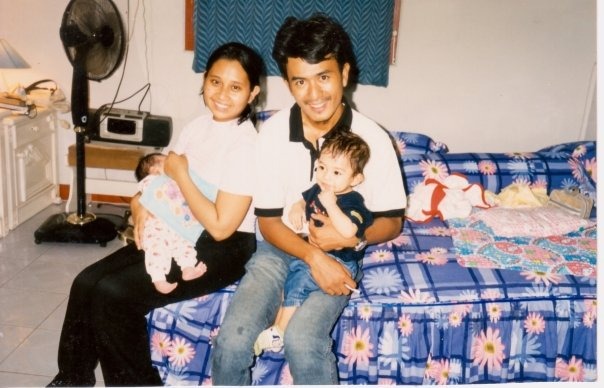
He said that for many years, while working for the Red Cross, and now Islamic Relief, he would visit orphanages, asking if they had any girls who had been found during the 2004 tsunami.
Budi draws inspiration from the case of one Indonesian girl who was reunited with her family in 2014, 10 years after she was swept away during the tsunami as a four-year-old.
“I hope that also happens with my daughter,” he said.
“I hope.”